In Pictures: Tell It Like It Is, Liverpool, 1978-80
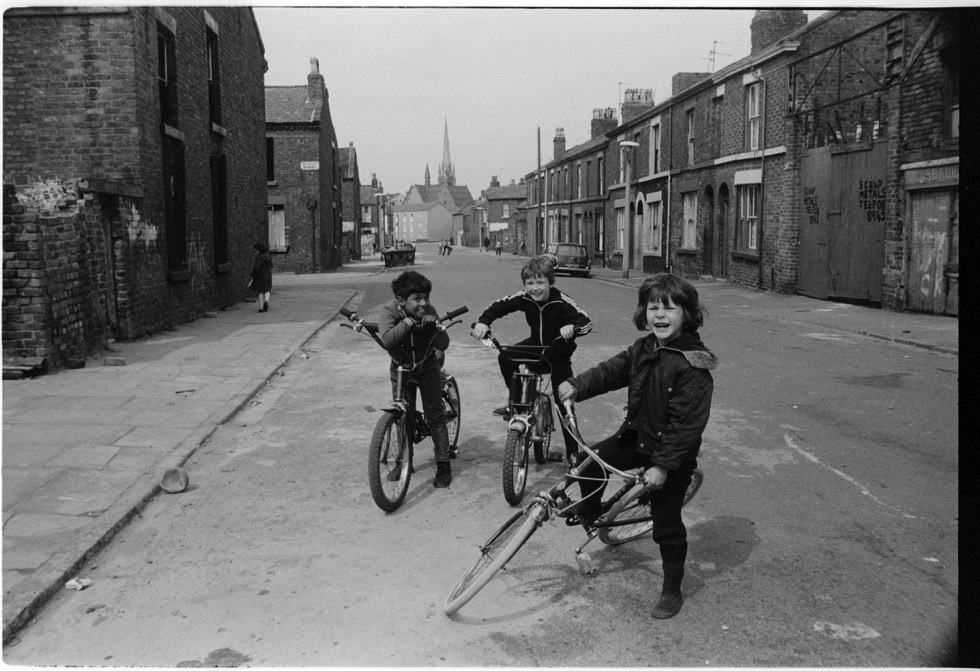
They’ve been gathering dust under a bed for forty years. Now, over 100 photographs of Liverpool are forming part of a new exhibition at Open Eye Gallery and a series of creative workshops. Artist Ian Clegg and Laura Robertson pick their favourite images from Tell It Like It Is…
When you look at a photograph, what do you see? What is valuable? What is present? What is missing? These are the questions that artist Ian Clegg and I have been discussing ever since he showed me some old photographs of Liverpool, that he’d recently processed from a box of black and white negatives taken on HP5 film forty years ago. Created between 1978-80 while he was a teenager living between Wavertree and Toxteth, on his walks from L8 to the docks, the pictures represented to me a Liverpool at once acutely familiar and totally unrecognisable.
We thought that they deserved a spotlight (especially considering the photographs of Liverpool currently at Tate Liverpool, taken in around the same period by London-born photojournalist Don McCullin), and more than that, plan to use them as a catalyst for brand new work. At the same time as we exhibit Ian’s old photographs at Open Eye Gallery in November and December (with some new contextual writing by me), we’ll be running creative workshops, where people will remember their own experiences, and perhaps think about stereotypes, talk about what is and what’s NOT depicted in a photograph, and start co-creating new stories with us about where we live.
You can sign up for our free, lockdown-friendly, photography and writing workshops here, or get in touch with comments, reflections and old photos – we’d love to hear from you.
Here’s our initial take on a few of our favourite photographs from under Ian’s bed:
Laura’s choice: Three lads on bikes, Maud Street and Elaine Street, L8, 1979 (above)
This is my favourite photograph from the box of negatives. The beaming expressions on the boys’ faces instantly transport me to playing out in Anfield aged 7 or 8, being out all day with my mates, making up games, roaming free, and not coming home until dinner time. It’s a very familiar shot.
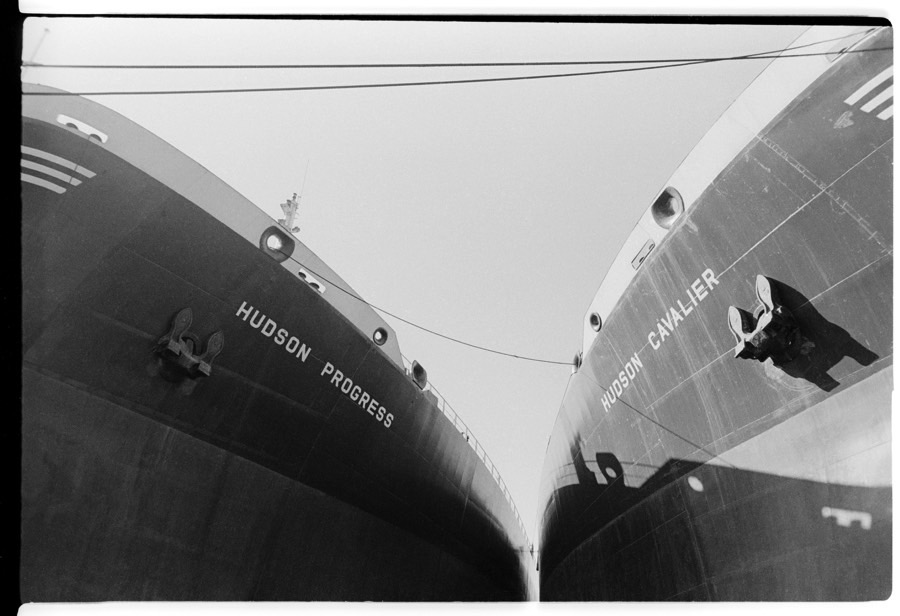
Ian’s choice: Hulls of the Hudson Progress and Hudson Cavalier, Canning Docks, 1980
These new ships were monumental and downright scary, waiting to be scrapped or travel the world. They had a strange history – built at Cammell Lairds as an order of four, they weren’t paid for and laid around the docks for years on both sides of the river. The Progress eventually changed its name to the Bayleaf and went off to the Falklands, then the Gulf war, and was scrapped in 2010.
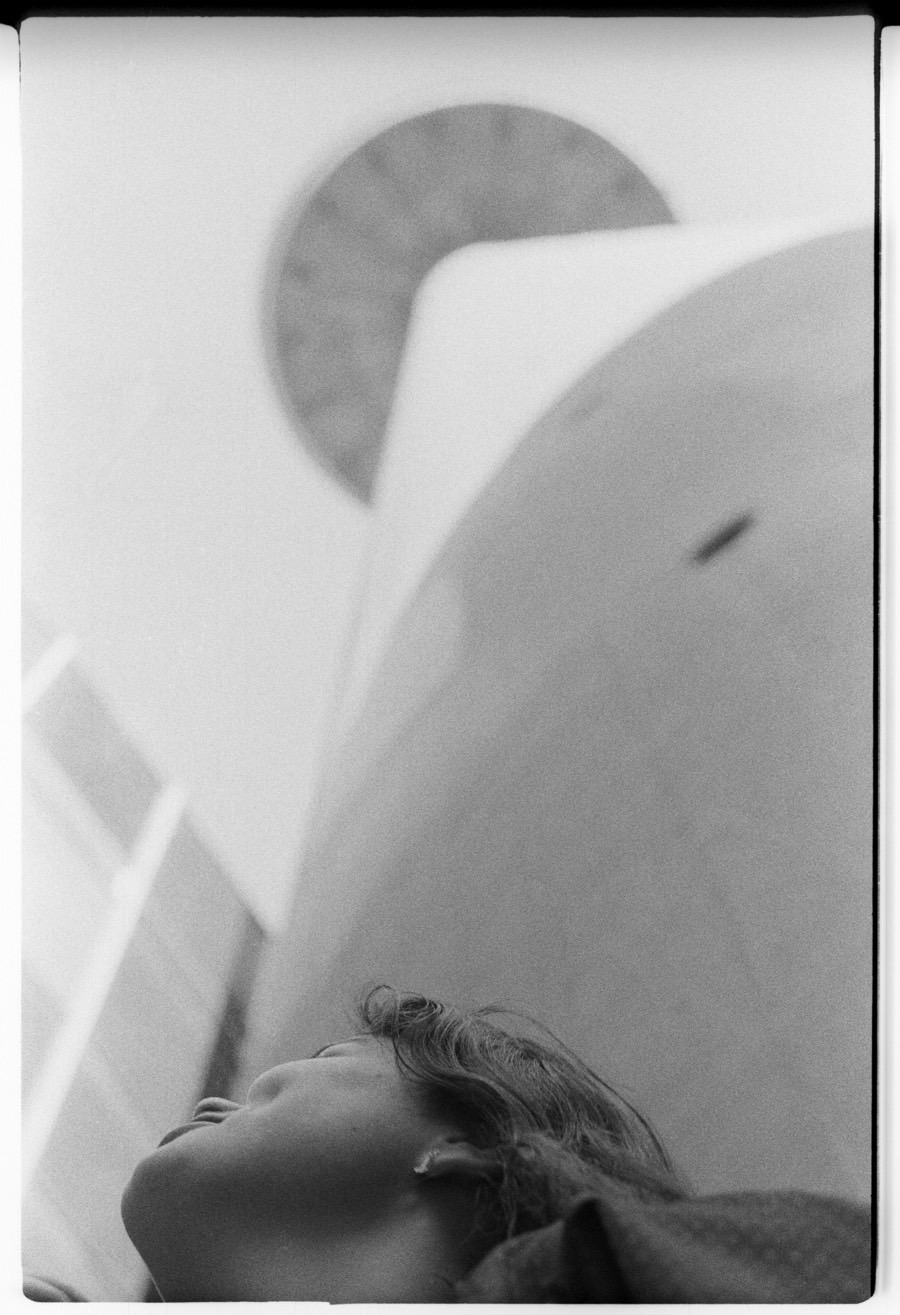
Laura: Tracey at St. John’s Beacon (Radio City Tower), L1, 1980
Tracy was Ian’s friend and agreed to have her picture taken at this dizzying angle. The Tower’s still there, of course, and the framing, cutting out fashions or any other time-indicator, means it could’ve been shot yesterday. This landmark is an important part of our landscape.
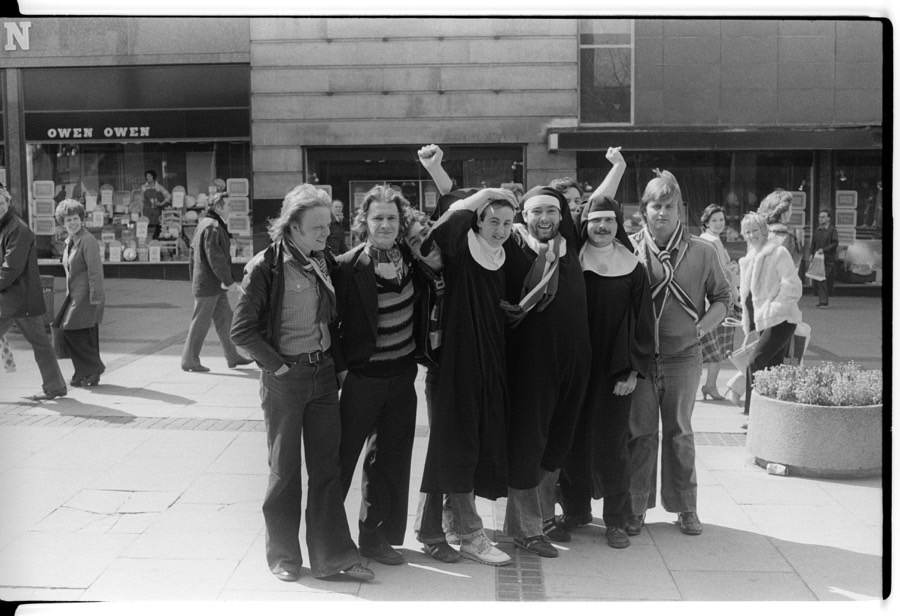
Ian: Evertonian nuns, Church Street, L1, 1980
Church Street was the centre of retail for Liverpool and still is. People were bustling in all directions, but when I put my camera to my eye on this day it sort of encouraged some to perform and show off, like these brilliant Everton Football Club fans celebrating. People are definitely more wary of posing now.
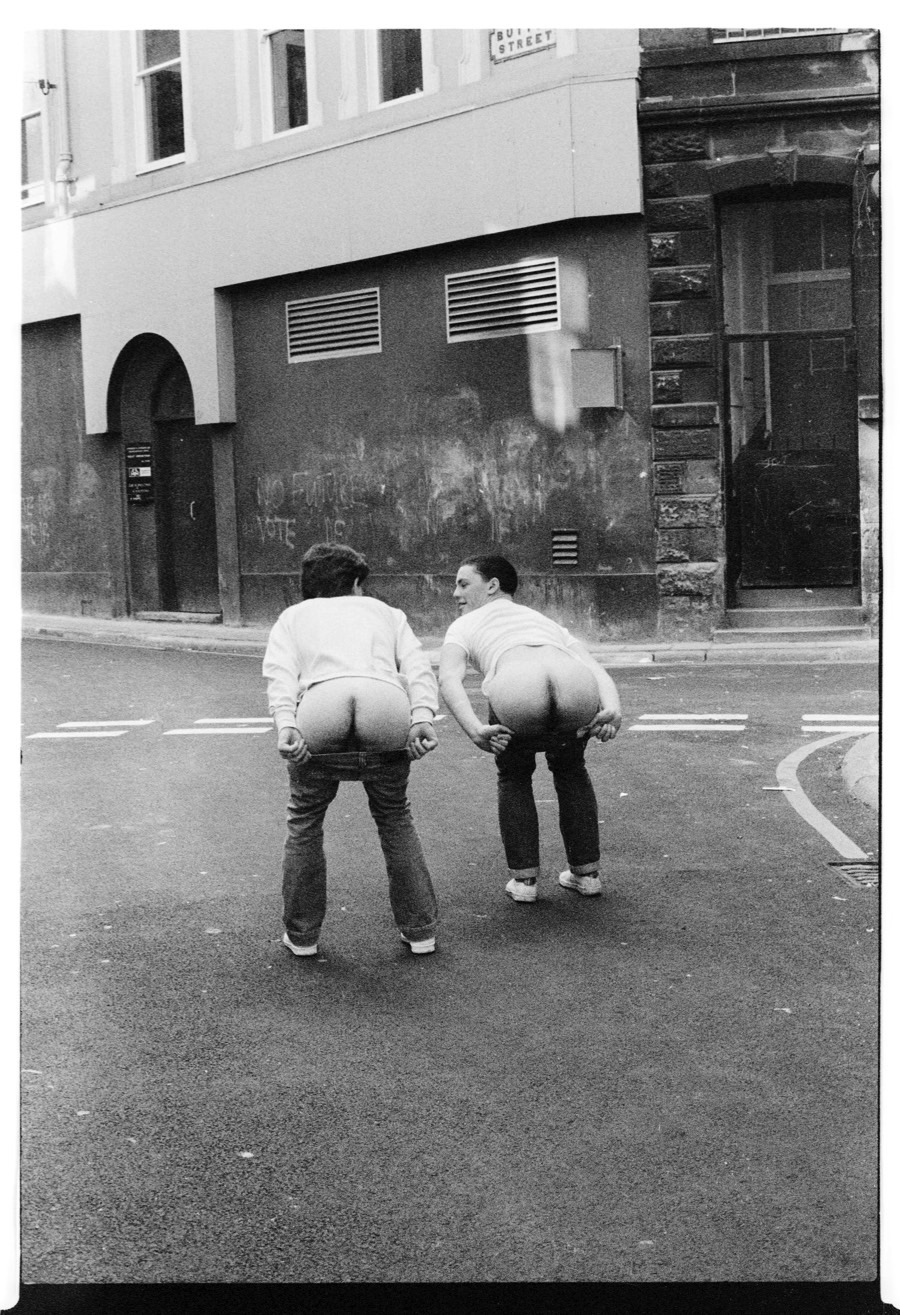
Laura: ‘No Future’, Button Street, L2, 1980
I wonder where these cheeky boys are in 2020 and what life was like for them in 1980. It can be annoying, this reputation about Liverpudlians being funny, and it is true to an extent, leaning towards the outrageous. We’re a city of extroverts. We’re also outspoken when it comes to telling our own stories, and kicking-back against things that we feel are unfair. The graffiti in the background here, ‘No Future’, hints at the terrible youth unemployment rates that the city was experiencing, the racism, the unjust policing, poverty and protest, and predicts the riots that would burn through Toxteth during the following summer.
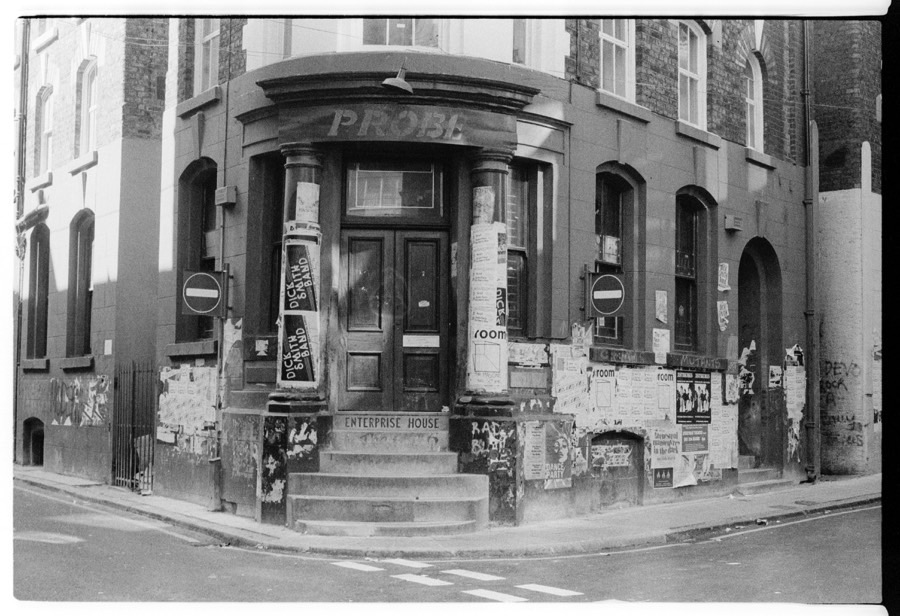
Ian: Probe Records, Rainford Gardens, L2, 1980
A right of passage was going to Probe and asking for a cool record. You had to go to Woolies for anything else more middle of the road, or risk getting shouted at by the Probe staff. My wish to buy The Normal’s single Warm Leatherette was met with an approving grunt and I was ‘in’ (thanks John Peel). It was full of posters lining the walls advertising Eriks or Licoln’s and bands with awesomely cool names, like Paris 9, The Zorkie Twins, The Cherry boys, the Mutants, the Room and OMD.
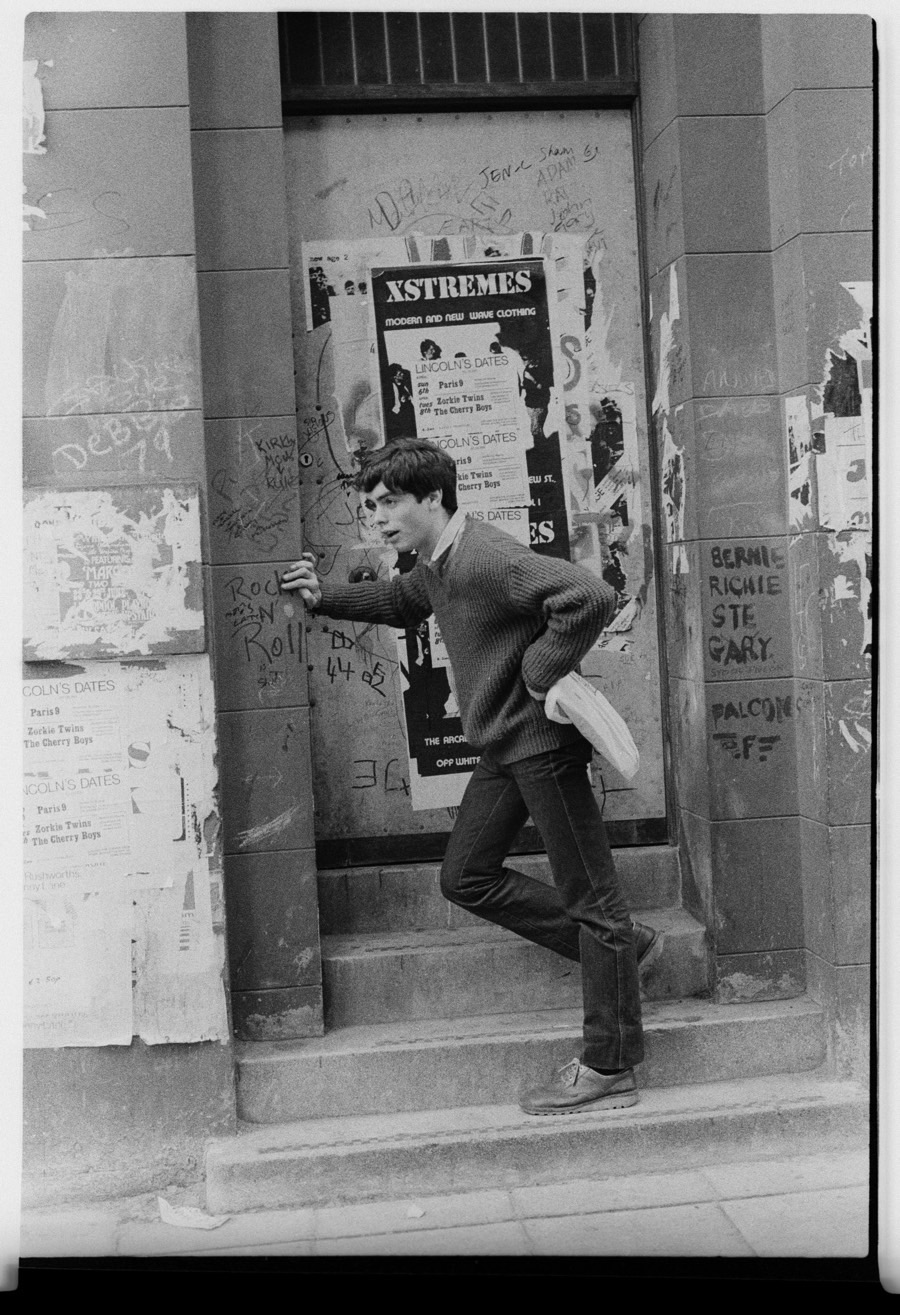
Laura: Xstremes (posing boy), L1, 1980
This image reminds me so much of those long Saturdays in the 90s, hanging out on the steps of Quiggins (since demolished and absorbed into LiverpoolONE) and around Paradise Street Bus Station with my mates, listening to music and eating chips, before heading home to get ready for the big night out on Wood Street. Ian’s sister Lynn used to do the same, in pubs and clubs around Hardman Street, Hope Street and Seel Street and going to student parties on Princes Avenue.
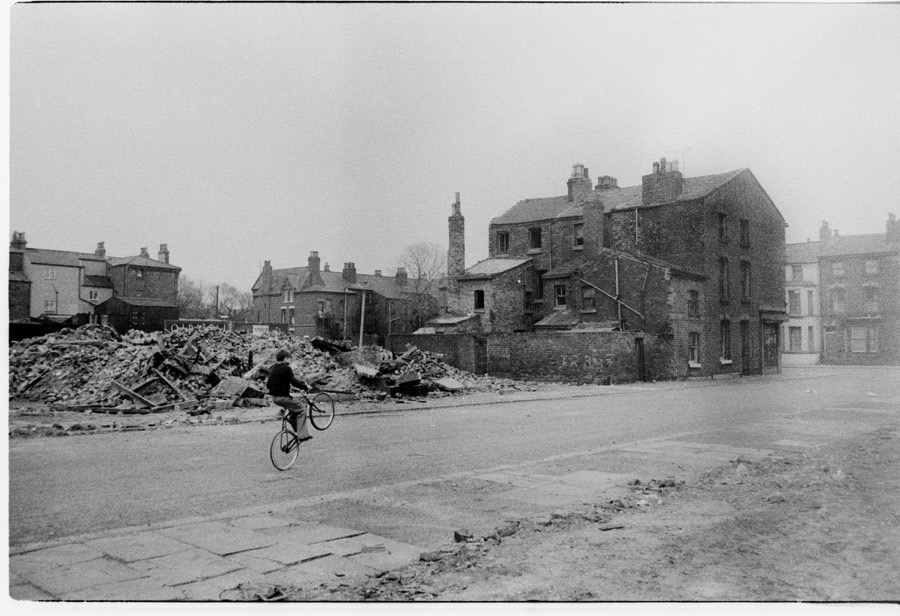
Laura: Wheelie, L8, 1979
Ian was just a teenager when he took these photos, and can’t remember whether it was Jolliffe Street (since demolished) – we’re hoping that one of the readers can pinpoint where (maybe even who) it was. Ian wasn’t much older than this boy on his bike, showing off, and lived a few streets away with his nan on Voelas Street, Toxteth, the third generation to occupy a house on this street. His first camera came from a shop on Park Road.
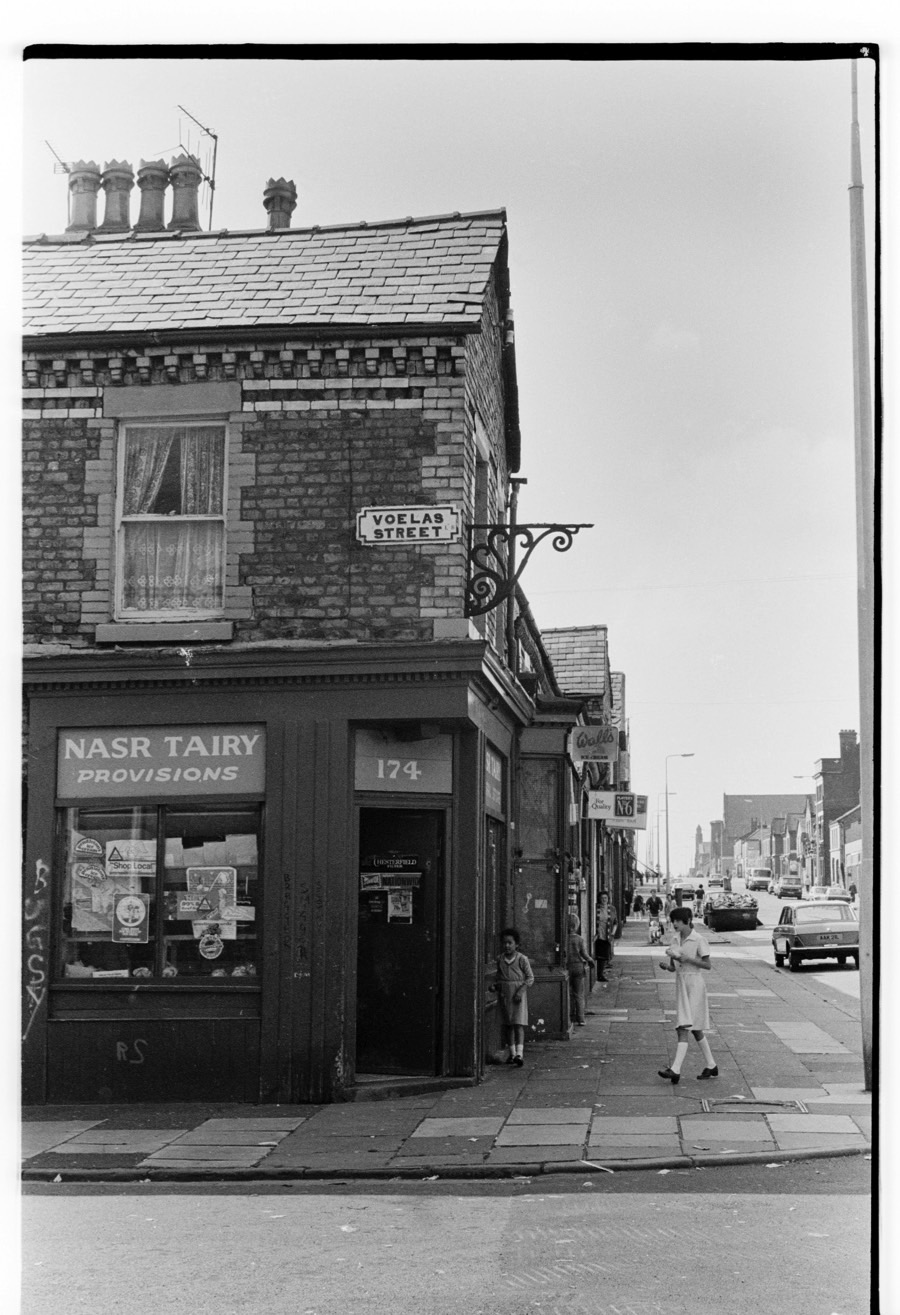
Ian: ‘Nasr Tairy Provisions’, Voelas Street, L8, 1979
This was the main shop that supplied ‘everything’, run by a Mr. Mase, at the top of the street where we were sent on errands to stock up. Next door was the sweet shop for Grandad’s mint ball supply, served in a paper bag which encouraged the sweets to stick together in one great lump. The smell of them was better than the taste. I was allowed to get a sherbet fountain or some flying saucers, occasionally some Spanish gold sweet coconut tobacco or candy cigarettes to pretend to be grown-up. It was just brilliant that the shops were so close.
Ian Clegg and Laura Robertson
All images courtesy Ian Clegg
See Tell it like it is at the upcoming L— A City Through Its People exhibition at Open Eye Gallery, Thursday 5 November 2020 until 13 December 2020 – FREE ENTRY
Have your own memories of Liverpool and a story to tell? Join in! Laura and Ian are running lockdown-friendly Zoom workshops to develop photography and writing skills over Winter 2020/2021: free disposable camera, notebook and pen posted to UK addresses; no previous expertise needed. Email (remember to include your postcode) tellitlikeitisphoto@gmail.com or find out more info here: tellitlikeitis.cargo.site





